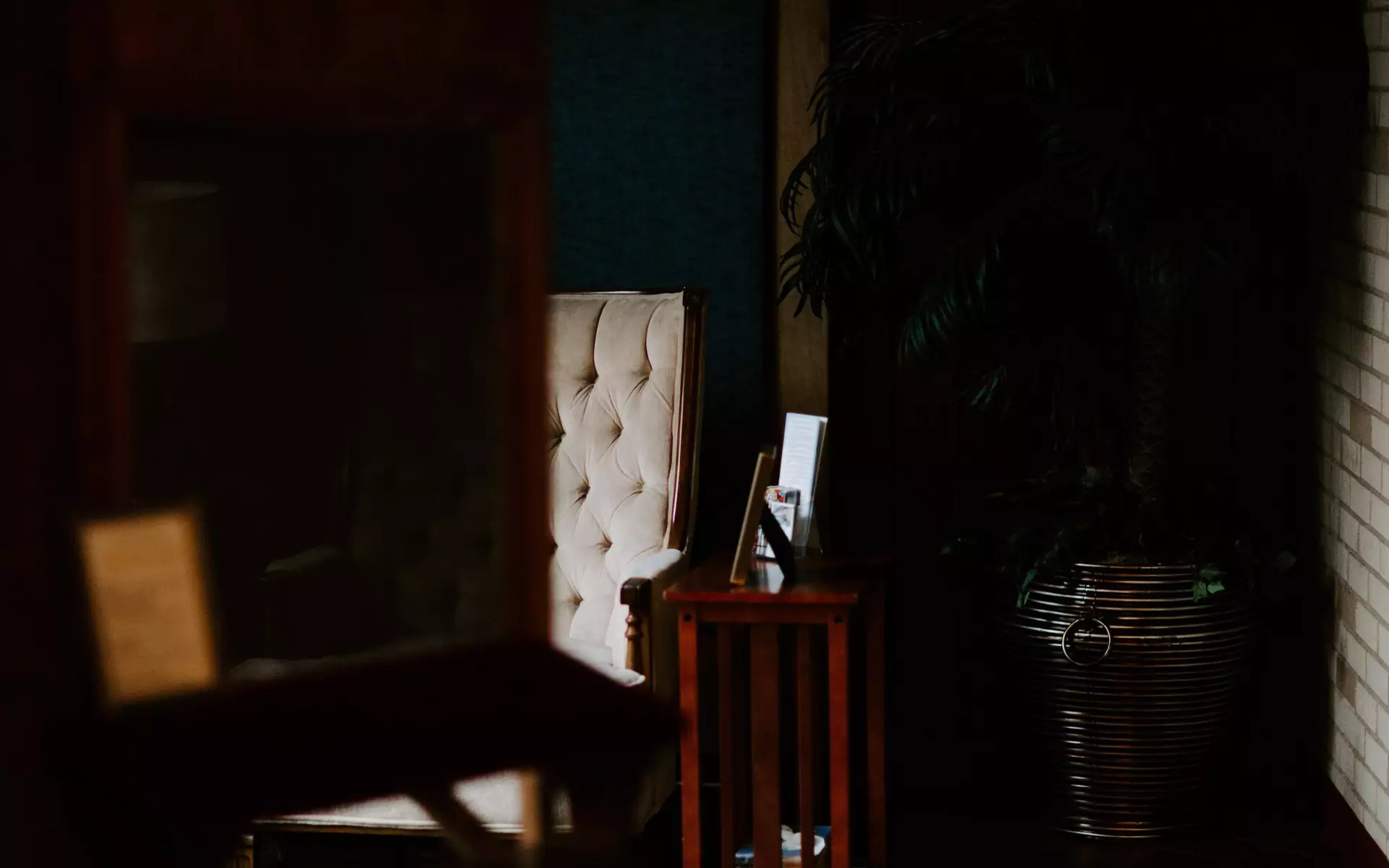Secondhand smoke, or as it is technically known, environmental tobacco smoke, refers to smoke coming from a cigarette, pipe, or cigar, or exhaled by a smoker. Exposure to secondhand smoke is referred to as passive smoking. Secondhand smoke, a complex cocktail of cancer causing compounds, is a dangerous component of indoor air pollution.
A landmark research study by the Environmental Protection Agency determined that passive smoking leads to about 3,000 lung cancer deaths each year in nonsmoking adults. Secondhand smoke also negatively affects the respiratory health of "hundreds of thousands" of children. These effects include serious conditions like pneumonia and bronchitis and often lead to hospitalization. Less critical, but still serious conditions caused by secondhand smoke include coughing, reduced lung function and ear infections.
The environmental tobacco smoke component of indoor air pollution is especially threatening to children with asthma. Passive smoking increases the number of episodes and severity of symptoms in asthmatic children.
The most obvious solution to secondhand smoke is to refrain from smoking indoors. Smoking in a different room from non-smokers may seem to reduce exposure, but studies have indicated that this does not eliminate the passive smoking threat.
Ventilation will also reduce but not eliminate exposure to environmental tobacco smoke. But the amount of ventilation required to have an effect on secondhand smoke will also cause significant increases in energy costs.
Because children are especially sensitive to the effects of secondhand smoke, you should avoid smoking almost children. The same rules apply to baby-sitters and other home workers. If your child attends day care, ensure that environmental tobacco smoke has been eliminated from the home or child care facility.
